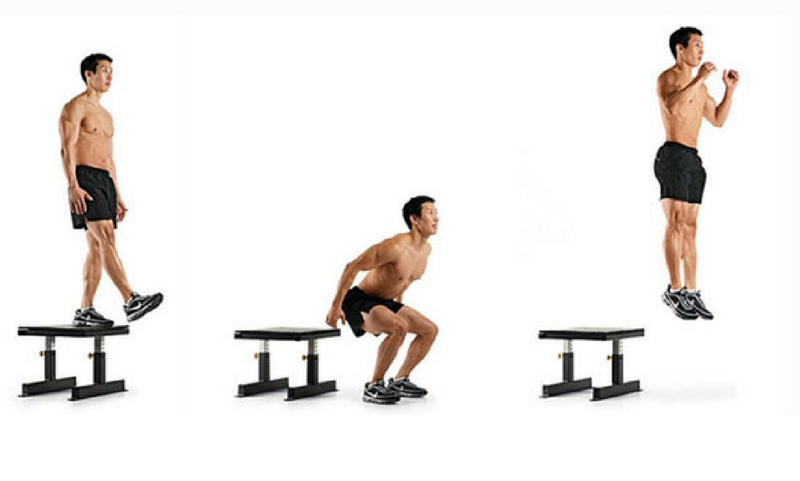Soccer is loaded with decels, landings, and turns and these actions are exactly where ACL injuries happen.
Rehab for ACL injuries should include testing that challenges these qualities to ensure readiness for return to play.
While research suggest that the bilateral CMJ may be too easy of a test to pass for ACLR, the drop jump may be more sensitive to deficits hidden by lower demand task.
The authors of this study investigated differences in drop jump performance between ACLR and healthy soccer players.
Does a drop jump flag performance deficits and asymmetries in athletes ~9 months post-ACLR compared with healthy teammates?

What Did the Researchers Do?
Study Design
- 44 semi-pro male soccer players; 16 post-ACLR, 28 healthy controls; all active squad members.
- Testing occurred about 9 months after surgery for the ACLR group.
- Subjects performaced three bilateral drop jumps from 30 cm with hands on hips, no arm swing, coached to minimize contact time; force plates sampled at 1,000 Hz.
Key Variables
- Jump height, contact time, RSI (flight height ÷ contact time), eccentric and concentric phase durations, peak impact force, peak drive-off force
- Inter-limb asymmetries for impact and drive-off.

